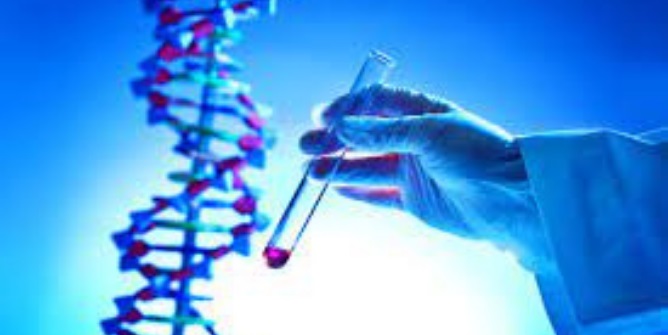
Vector Biology and Hemophilia Gene Therapy the Focus of Review
A new review article, The Intersection of Vector Biology, Gene Therapy and Hemophilia, was published recently in the journal Research Practice in Thrombosis & Haemostasis (RPTH). It provides a comprehensive overview of the scientific underpinnings of several hemophilia gene therapy platforms, with particular focus on the delivery of genetic payloads at the heart of these technologies.
This review covers both the setbacks and breakthroughs of preclinical and clinical hemophilia A and B gene therapy research that characterize the mass effort to reach a functional cure for hemophilia.
The authors examine the unique biology of viral vectors, including aspects of their inherent design that make them especially effective at transduction, the process by which genetic material (transgene) is introduced into a cell by a virus or viral vector. Over recent decades, researchers have leveraged viral vectors’ evolutionary biology and adeptness at transduction to develop and hone investigational gene therapies for hemophilia and other chronic conditions.
The authors describe two primary vector-types at the heart of these advances, including repurposed retroviruses known as lentiviral vectors, and to a greater extent, adeno-associated viruses (AAVs). Engineered recombinant AAVs (rAVVs) have been designed to deliver the genetic messaging that prompt the production of the factor VIII or factor IX in people with hemophilia A and B, respectively. Ideally, rAAVs deliver this genetic material into living cells to achieve a therapeutic effect that is free of unintended adverse reactions in the short and long term.
“rAAV vectors have emerged as the preferred tools for in vivo gene therapy due to their relative safety and ability to transduce a variety of tissue cell types,” explain the authors. Liver cells are a particular target for hemophilia gene therapy for their ability to facilitate production factor proteins such as FVIII and FIX.
While rAAVs remain at the forefront of hemophilia gene therapy, their utilization is not without challenges, including the potential for innate and adaptive immune responses to not only the transgene itself but to the capsid—the protein shell of the rAAV. Such immune responses, like the existence of naturally occurring pre-existing neutralizing antibodies (NAbs), could have safety and efficacy implications, inflammatory effects on the liver being one example.
The authors explain the various strategies being investigated and considered to mitigate the possible impacts of NAbs, including procedures designed to remove the circulating antibodies in a patient prior to administration of a gene therapy, and the employment of diagnostic tests to prescreen for these antibodies.
The review also emphasizes concerns over integration of rAAVs into the genome of patients who have received the therapy, such events could have negative safety implications such as the alteration of cell functionality and subsequent development of tumors or malignancies. While random rAAV integration into a host’s genome is a rare occurrence, the risks warrant further investigation and proven mitigation strategies, as even proportionally low rates of integration could have harmful, unintended consequences.
In sum, the authors envision a path forward for hemophilia gene therapy, albeit with challenges left to overcome.
“Gene therapy represents a potential functional cure for patients with hemophilia and has the goal of providing safe, durable, and effective factor expression. In vivo investigational rAAV gene therapy has been demonstrated to ameliorate the bleeding phenotype in adults, but long-term. safety and effectiveness remain to be established,” conclude the authors. “Current research seeks to improve vector and other gene therapy attributes to achieve treatment success with simpler and more cost-effective protocols and to expand access to patients not currently candidates due to comorbidities, medical history, age, or other factors.”
The paper, which was published online in RPTH on September 1, 2021, is open access – Follow this link to read the full review.
Lisowski L, Staber JM, Wright JF, Valentino LA. The intersection of vector biology, gene therapy, and hemophilia. Res Pract Thromb Haemost. 2021 Sep 1;5(6):e12586. doi: 10.1002/rth2.12586. PMID: 34485808; PMCID: PMC8410952.
Source: National Hemophilia Foundation